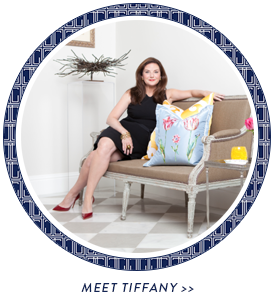

 |
| honestlyyum.com |
When I lived in London, one of the things I really loved was throwing together a Charcuterie and Cheese plate to entertain guests or take on a picnic. The artisan cheese shops in every neighborhood and local butcher shops made it a fun task to not only put together, but to actually shop for as well. It is a quick and elegant snack or light meal that isn't nearly as fussy as it's name.
So.... what is CHARCUTERIE?
It is French word that in the traditional sense is the art of smoking and curing meats (typically pork) and dates back well before refrigeration. Today, while the same processes are still used with the meats, it has an even greater meaning in the world of entertaining... Bringing in the meat element to a plain old cheese plate is a total game changer!
How do you put it all together?
The real key to successful plate in my opinion is to just make sure you have a mixture of textures and flavors.... and complete flexibility in the arrangement. There is no right or wrong way to assemble it.... just do what looks pleasing to you. I promise your guests will not be disappointed!
Here are my top 5 tips for creating a beautiful and elegant charcuterie and cheese plate:
1. Start with a great platter, tray or board. I prefer something simple to show off the beautiful meat and cheeses. My favorite is a wooden board from Crate and Barrel shown below.
2. Typically, a good charcuterie board will consist of 3-5 smoked or cured meats such as Prosciutto, Spec, Salami, Coppa, or Bresaola and may also include a pâté or a confit.
3. When selecting cheeses, the rule of three is simple...choose an assortment of soft, medium and hard/sharp cheeses but remember to keep them mild so they do not overpower the beautiful meats.
4. Add a side of mustard or pickles for acidity.
5. Toss some crusty baguette slices and crackers on the side.
For an added bonus, you could also add some marcona almonds and a dish of olives.
 |
| Crate & Barrel Palisades Cheeseboard |
And there you have it... an incredibly easy and elegant way to entertain.























